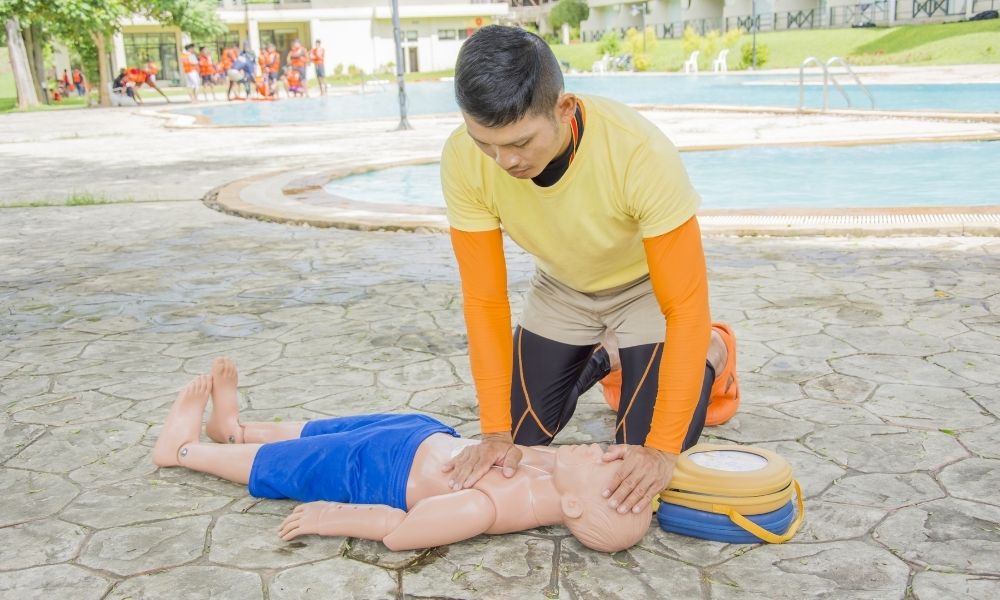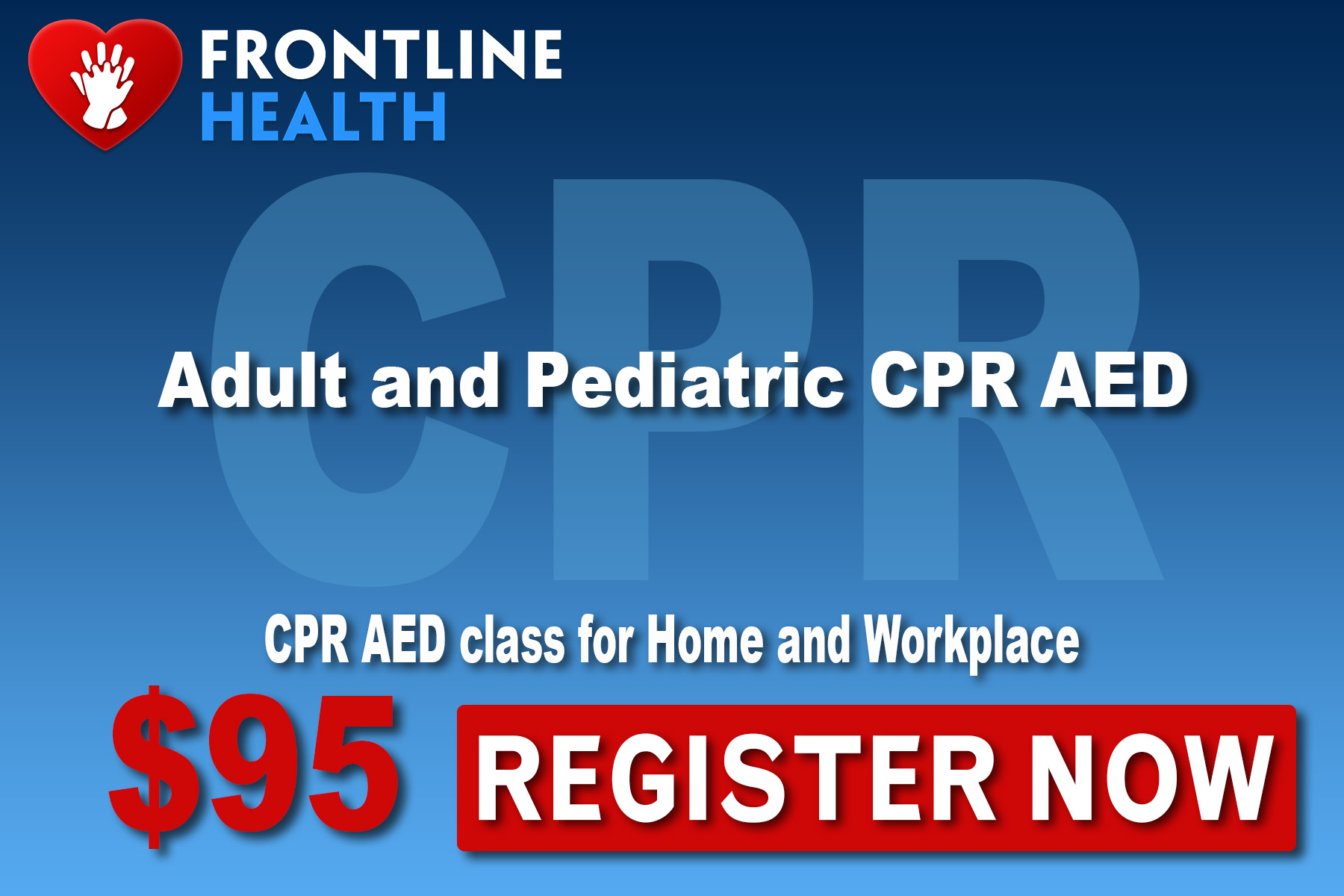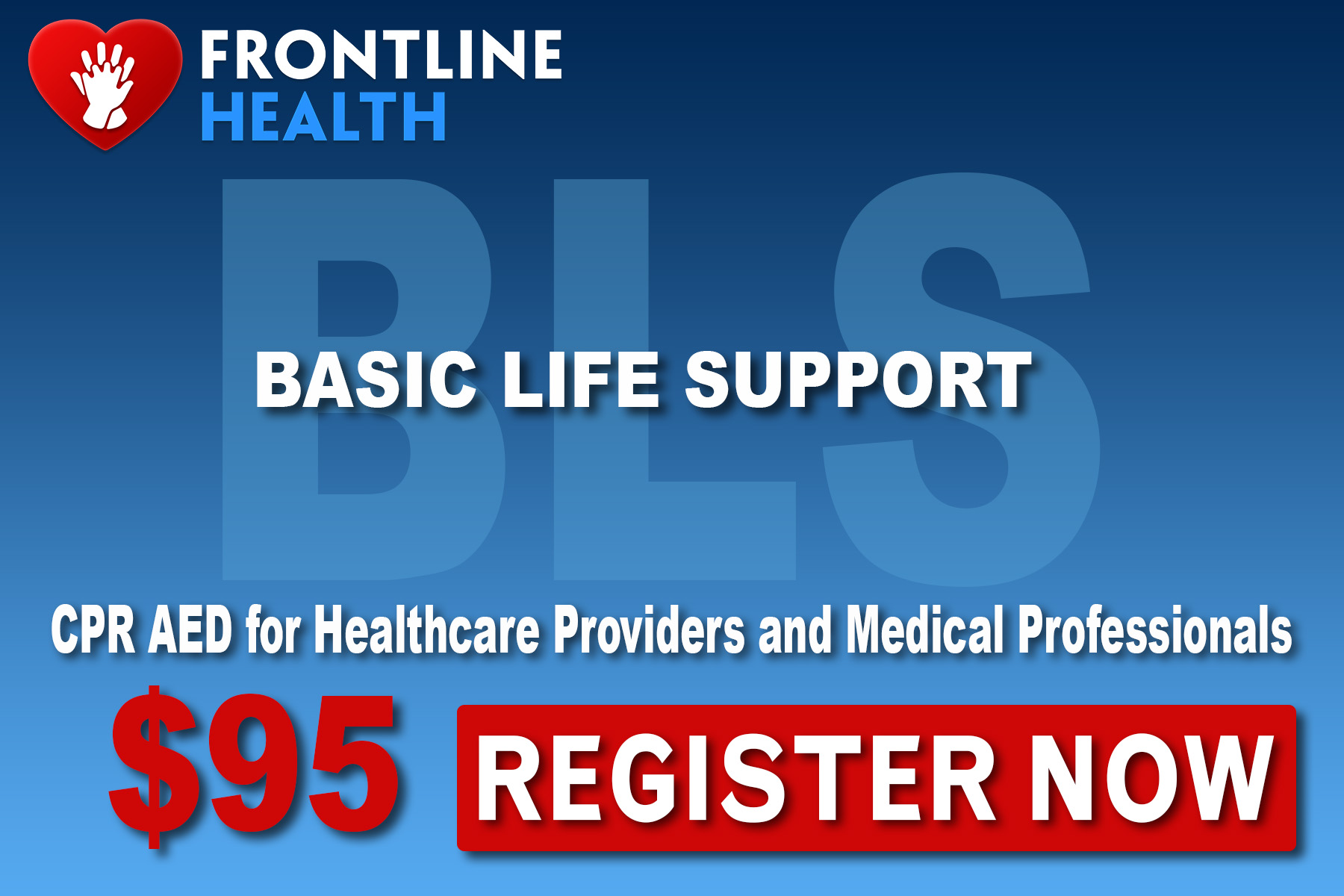How To Properly Perform Pediatric CPR
- Jun 10, 2021
Imagine that you work in childcare, volunteer with youth, or have a baby of your own, and a crisis occurs. How will you handle an unresponsive child? You must have answers to this question before anything life-threatening happens. Here is how to properly perform pediatric CPR.
Engage and Call Before Helping
First, check to see if the child or infant is unresponsive. To check a child for responsiveness, tap their shoulders and shout, “Are you okay?” To check an infant under one year old, tap on the bottom of their foot. If they are unresponsive, you know they need immediate care.
You should always call 911 to ensure help is on the way quickly. If others are nearby, ask them to call 911. The more quickly that trained responders can arrive at the scene, the better the outcome will be.
Check Breathing and Start Compressions
The first thing you must do is check for breathing. Check to see if the child or infant is breathing normally or is only gasping. If their chest is rising and falling smoothly, quietly, and rhythmically, they do not need CPR. If they are not breathing normally, are only gasping, or you are not sure, you should begin chest compressions immediately.
This is where pediatric CPR differs slightly from adult CPR. Since children are smaller, you must adapt your force when administering chest compressions. Follow these quick steps for your compressions:
- Gently lay the child on their back on a firm, flat surface.
- Place one or two hands on the center of their chest on the lower half of their breastbone. For infants, you will only use two fingers or two thumbs on their breastbone.
- Then, perform compressions. For infants, press down about one and a half inches into their chest. For children, press down about two inches.
- Give the 30 chest compressions at a rate of 100 to 120 compressions per minute. You can use the rhythm of the song “Stayin’ Alive” as a general guideline. Remember to let their chest recoil completely between compressions
Add Rescue Breaths
- Open the child's airway by tilting their head back and lifting the chin up.
- Give two small breaths—just enough to let the chest begin to rise, about 1 second for each breath. For a child, pinch their nose with your thumb and index finger and seal your mouth over their mouth. For an infant, seal your mouth over both their mouth and nose. Continue this sequence of 30 compressions and two breaths until help arrives.
Remember that it is always best to learn how to properly perform pediatric CPR from a licensed CPR trainer in an official program. While these quick tips can help you in an emergency, you should check out our CPR AED classes in New York. Our team at Frontline Health has years of experience training and certifying people of all backgrounds and ages in pediatric CPR methods.




